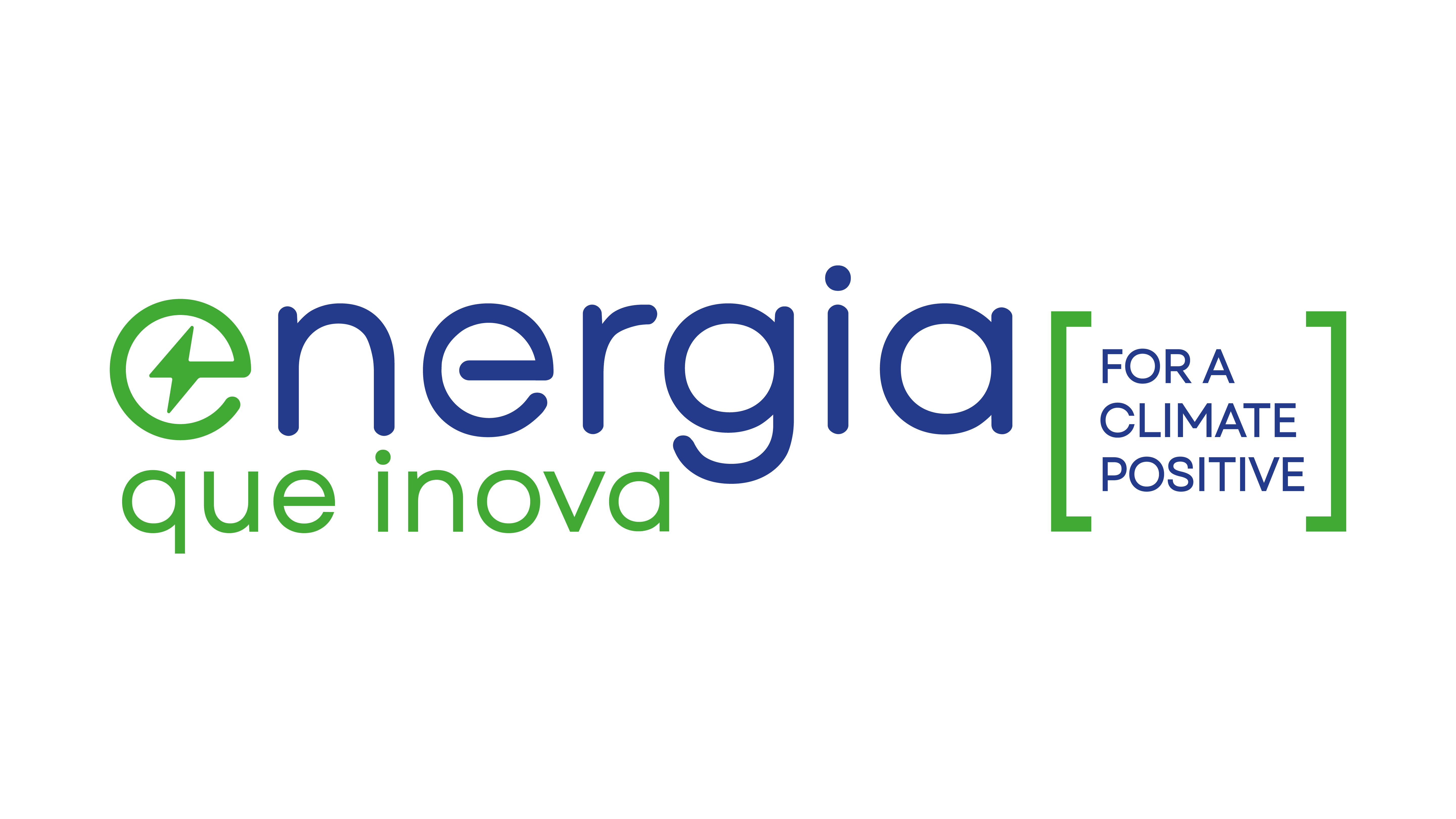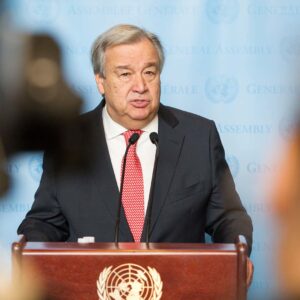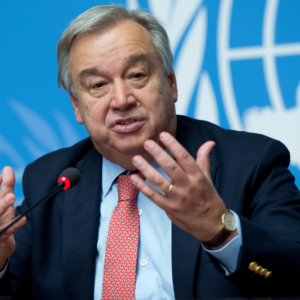Energy Transition 4.0 is gaining increasing prominence as a significant milestone in the energy sector. In this context, new technologies and solutions are emerging, revolutionizing the way we produce, distribute and consume energy. From the large-scale adoption of renewable sources to the digitization and decentralization of the power grid, the energy transition 4.0 represents a fundamental shift in the way we ensure a sustainable and efficient future for the global energy supply. Among the elements of the transition it is possible to mention:
- Digitization: time management
- Renewable Energies: environmental sustainability
- Self-production: on-site generation
- Energy Efficiency: Doing more with less
The development of Energy Efficiency activities is based on three essential pillars: people, processes and technologies. With regard to people, it is necessary to promote awareness and encourage proactivity for continuous improvement in the utilities system. This can be achieved through training and qualification of employees, who become active agents in the search for energy efficiency. On the processes side, it is crucial to use utility management systems to identify and reduce losses. Obtaining detailed information on energy consumption allows identifying areas of waste and implementing corrective measures. Finally, the adoption of sustainable technologies and digitization is a key factor. These innovative technologies provide greater efficiency in the generation and management of utilities, contributing to cost reduction and environmental impact. Combining these three pillars, Energy Efficiency activities have the potential to bring significant benefits to both organizations and the environment.
The regulation for the use of energy storage in accumulators is expected to be launched in the first half of 2024. During the inauguration of an ISA Cteep project, the general director of Aneel, Sandoval Feitosa, stated that two public consultations will be carried out on the throughout 2023, the regulatory impact analysis (AIR) and the normative one, aiming at the regulation for the use of storage in the next year. Feitosa pointed out that the greater insertion of renewable sources, such as wind and solar, together with distributed generation, will demand the use of innovative storage resources to balance energy supply and demand. He emphasized that other solutions will also be implemented as long as they are presented to the Agency, mentioning the hybridization of power plants as a viable possibility with some adjustments.
This regulation is considered fundamental to boost the adoption of storage technologies, as a way to balance energy supply and demand, facilitate the integration of intermittent renewable sources and strengthen the resilience of the electrical system as a whole. With the increasing penetration of renewable energy and the evolution of storage technologies, this regulation will play a crucial role in transforming the energy sector towards a cleaner, more efficient and sustainable matrix.













